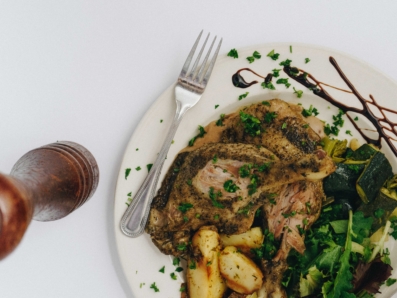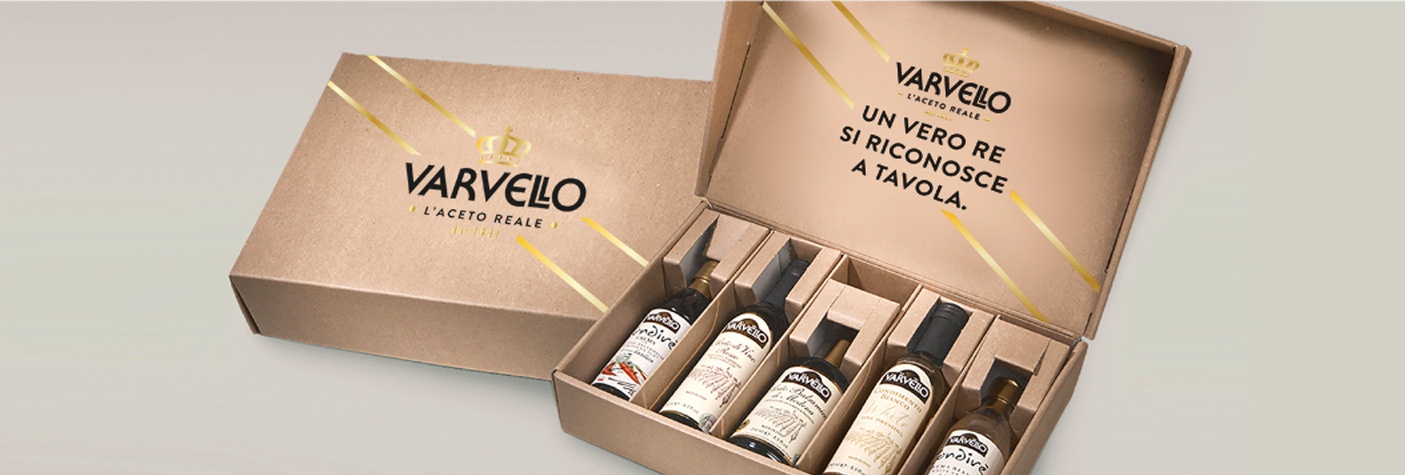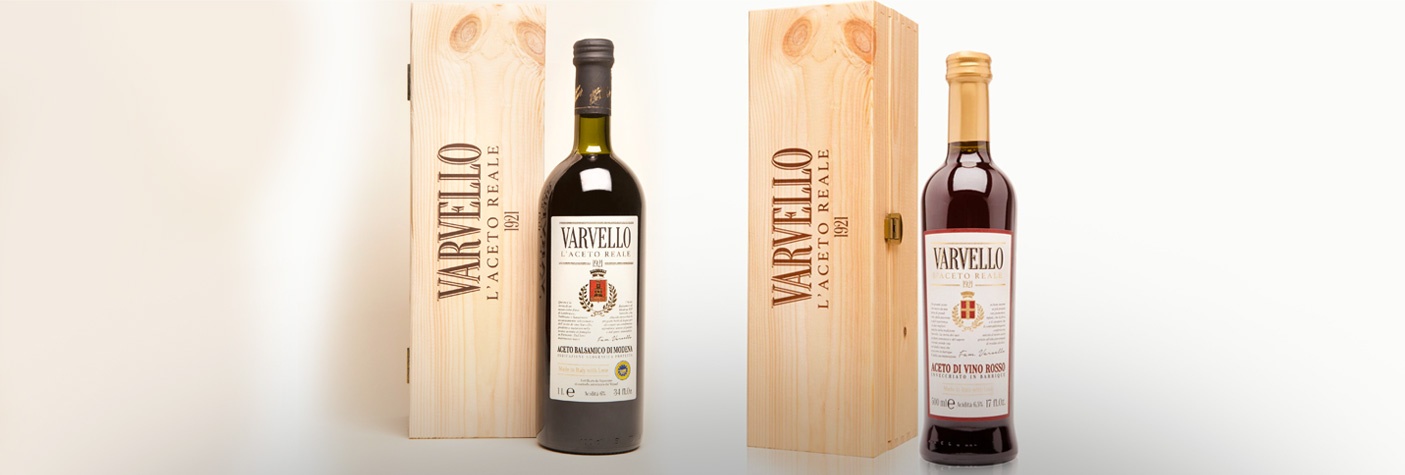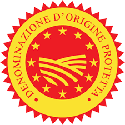BALSAMIC VINEGAR OF MODENA PGI: HOW AND WHERE IT IS PRODUCED
Do you know how real Balsamic Vinegar of Modena PGI is made? Come along with us to discover its unique characteristics but above all where and how it is produced.
INDICE
ORIGINS AND HISTORY OF BALSAMIC VINEGAR OF MODENA
Balsamic Vinegar is one of the symbols of Italian gastronomic excellence in the world: in its “traditional” version it was already produced and appreciated by the Ancient Romans, and is strongly linked to the culture and history of the cities of Modena and Reggio Emilia. However, this did not prevent it from being known and exported to as many as 120 countries (at least until now!).
The Romans were the first to start cooking grape must, to be able to better preserve it and use it as a strengthening and balsamic drink, as well as to flavor dishes. It is also documented that, in the year 1046, the Holy Roman Emperor Henry III of Franconia had a load sent from the fortress of Canossa (located in the province of Reggio Emilia), because it was already said that a “very perfect” vinegar was produced there.
It was precisely in those territories between the provinces of Modena and Reggio Emilia that – between the Twelfth and Fourteenth Centuries – the first Corporations were born with the task of preserving and passing on the recipe and production methods of that vinegar obtained by a very slow cooking of the grape must. A product that, however, cannot be fully assimilated to the current PGI balsamic vinegar, which is a mixture of cooked must and wine vinegar.
The “recipe” that the Romans first discovered has been handed down and refined for over nine centuries, up to the present day where it is bottled in the unmistakable ampoules of Traditional Balsamic Vinegar of Modena.
However, we owe the development and spread of this balsamic elixir made from grape must to the Duchy of the Este family in Emilia-Romagna, in the Middle Ages. The adjective “balsamic” appeared for the first time in 1747, within the Dukes of Este’s cellar registers, the noble family that ruled the Duchy of Ferrara, Modena and Reggio.

THE REGULATIONS FOR THE PRODUCTION OF BALSAMIC VINEGAR
Since 1965, to produce authentic Balsamic Vinegar of Modena it is mandatory to follow a specification, that is a set of laws and indications for producing, storing, packaging and marketing food products, and to be able to certify them with certificates of origin or quality.
The production specification for this vinegar provides, for example, that the assembly of raw materials, refining and/or aging must take place in the provinces of Modena and Reggio Emilia.
PRODUCTION METHOD
The formula for obtaining what will then be labeled «Balsamic Vinegar of Modena PGI» is nothing of “magical”: it is instead the result of agricultural traditions, the determination and mastery of Modena’s vinegar makers, who decided to produce a “blend” , that is a mixture starting from the precious cooked grape must.
The vines with which this vinegar can be produced are only seven: Lambrusco, Sangiovese, Ancellotta and Fortana (red grapes), Trebbiano, Albana and Montuni (white grapes). Its composition primarily includes partially fermented and/or cooked and/or concentrated grape musts (minimum 20%) to which vinegar aged over 10 years (in variable percentages) and wine vinegar (minimum 10%) are added.
The processing in barrels, casks or vats of fine wood takes place with the classic vinegar processing (transformation of alcohol into acetic acid) through the use of bacterial colonies or by slow surface vinegar processing or slow wood chip. The next phase is that of refining (always in quality wooden barrels, such as oak, chestnut, oak, mulberry and juniper): the minimum aging period is 60 days. When the aging period exceeds 3 years, the wording «aged» can be added to the finished product.
Balsamic Vinegar of Modena PGI can be found on the market in glass, wood, ceramic or terracotta containers.
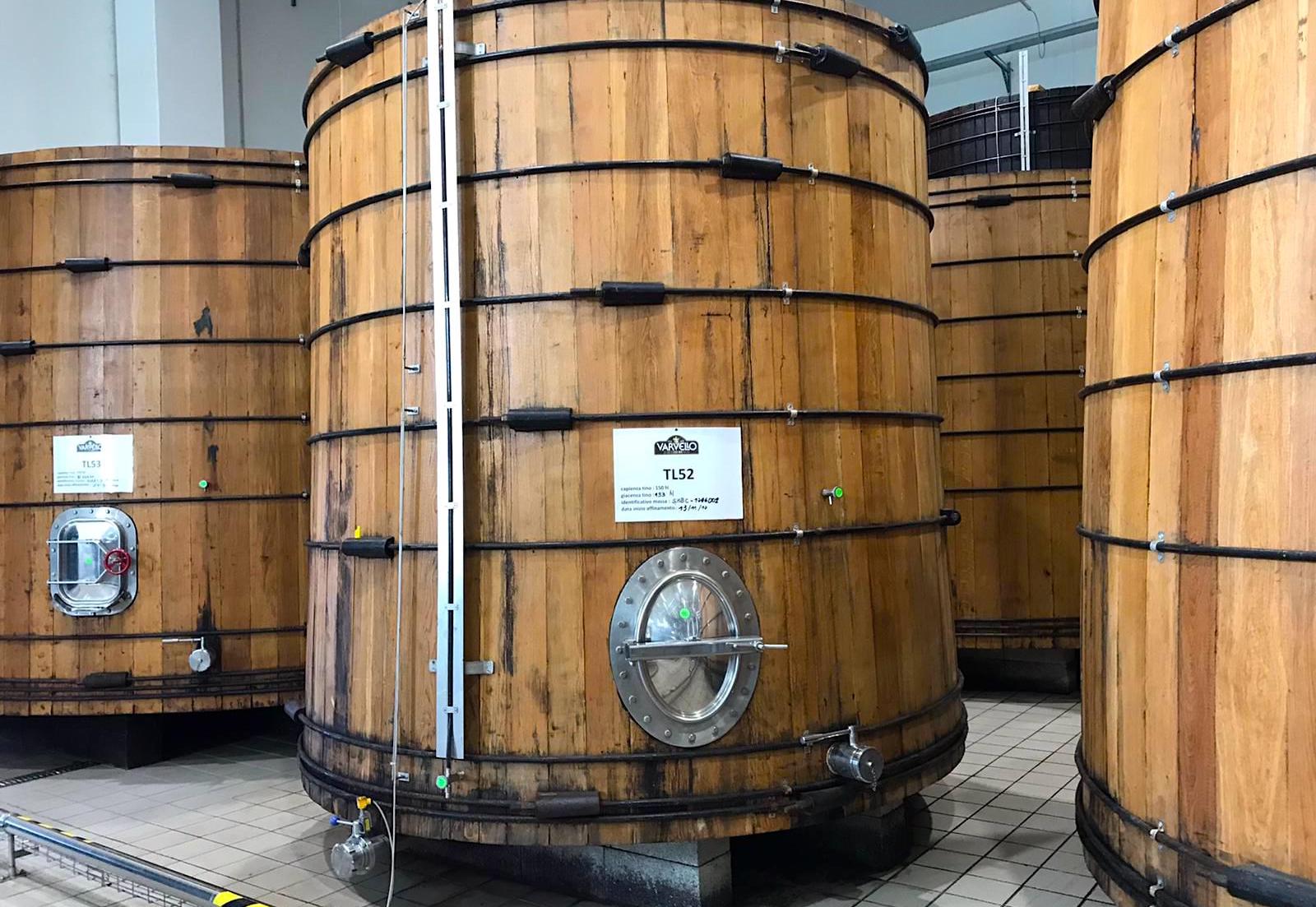
THE PGI CERTIFICATION, GUARANTEE OF AUTHENTICITY
In 2009 this special blend of grape must and wine vinegar was officially recognized as a PGI product by the European Union. PGI means “Protected Geographical Indication” and in fact the production of the authentic Balsamic Vinegar of Modena PGI can only take place in the territories of the Emilia provinces of Modena and Reggio Emilia.
For this certification to be authentic, the bottle must bear the yellow and blue PGI sticker, not just the wording. This brand has definitively consecrated a typical Made in Italy product exported and celebrated all over the world at a European level.
CHARACTERISTICS OF THE BALSAMIC VINEGAR OF MODENA PGI
Balsamic vinegar differs from wine vinegar for the unique combination of its components, first of all the grape must. It has a higher content of extractive substances and volatile compounds, and has physical, chemical and organoleptic characteristics that distinguish it from all other vinegars.
- COLOR: intense brown, but clear and bright
- BOUQUET: acetic with woody notes, delicate, persistent, with a pleasant and harmonious acidity
- TASTE: bittersweet and balanced
- DENSITY: according to the specification, the minimum density must be equal to 1.06 Kg / Lt (1 liter of finished product will correspond to 1.06 Kg)
All these characteristics are examined at the end of the refinement and/or aging process by expert technicians and tasters, who verify the goodness of the product and the suitability for being certified Balsamic Vinegar of Modena PGI.
WARNING: to prevent its characteristic aroma from being altered, it is preferable to keep it away from intense perfumes or substances that emit particular odors.
THE CONSORTIUM FOR THE PROTECTION OF BALSAMIC VINEGAR OF MODENA
The Consorzio di tutela was founded in 1993 on the initiative of a group of 12 producers of balsamic vinegar in order to achieve PGI recognition for their product. In 1998 the Consortium adopted its first regulation with a double objective: to protect the consumer, guaranteeing him the certainty of buying an authentic Balsamic Vinegar of Modena, and to ensure a higher quality of the product.
In 2014, it was finally recognized by the Ministry for Agricultural, Food and Forestry Policies as a Consortium for the Protection of Balsamic Vinegar of Modena PGI. Since then, its task has been to undertake actions to promote, defend and protect the product, in Italy and in the world. Over the years the Consortium has multiplied its activities (as well as increasing its members, which today are 51), which currently concern three areas:
- market monitoring and defense of the authentic product from imitations and counterfeiting;
- study and updating of the regulation of production aspects and control mechanisms, together with MiPAAF;
- promotion of the product and its qualities by participating in fairs and events and through the media.
BALSAMIC VINEGAR OF MODENA PGI IN THE KITCHEN: PAIRINGS AND RECIPES
This agri-food jewel is a condiment that has been able to adapt with extraordinary success to a constantly evolving cuisine and very varied and geographically distant gastronomic traditions.
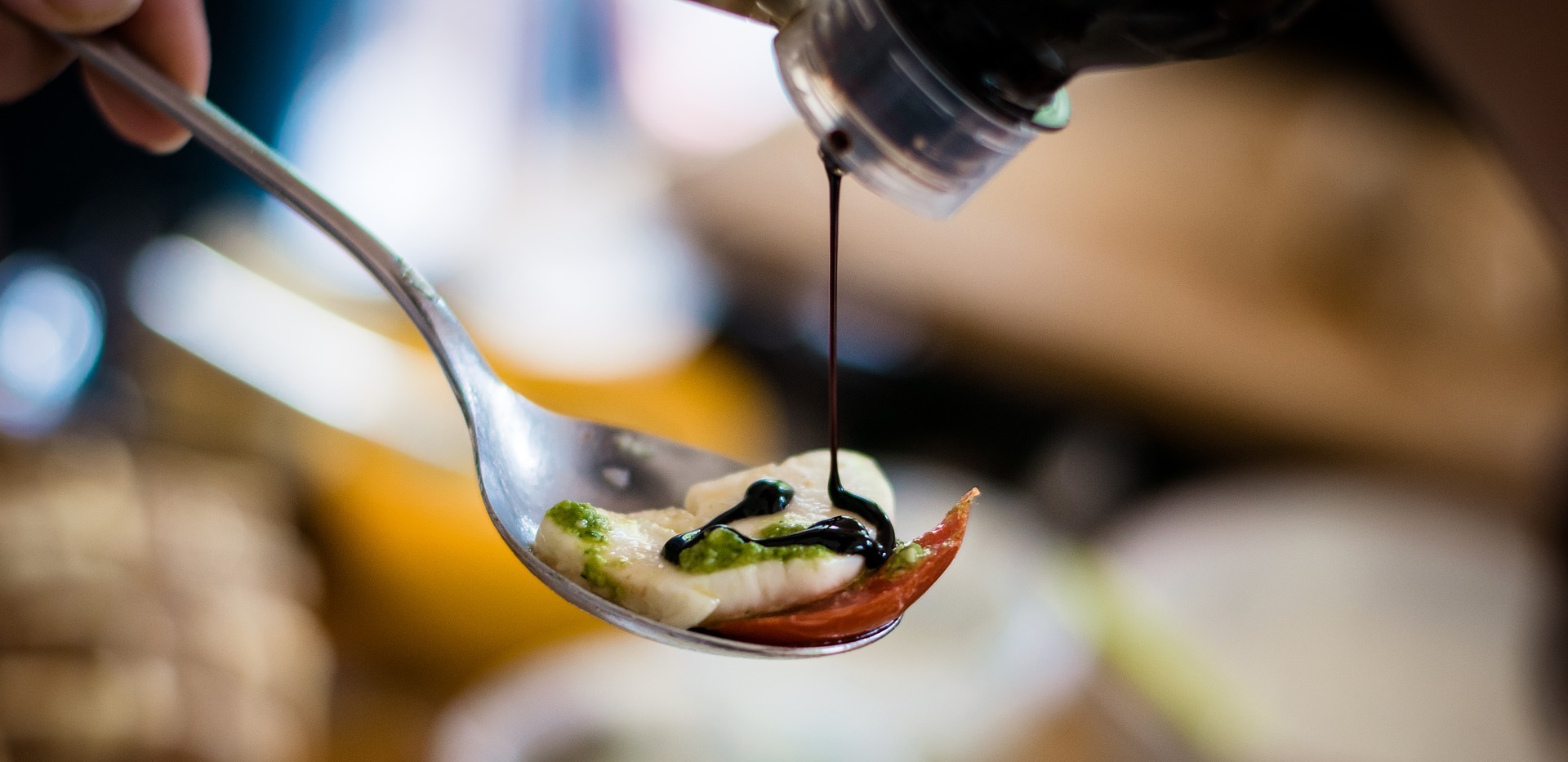
The type of Balsamic Vinegar of Modena PGI in which wine vinegar prevails over grape must is more “sour” and guarantees exceptional freshness and flavor. The strong and sour taste of wine vinegar also gives it a sophisticated hardness. This type of “more acetic” vinegar is ideal for enhancing simple and fresh foods such as vegetables (both raw and cooked on the grill or in a pan) or white meats, even those with light breading.
Balsamic vinegar in which the component of cooked grape must prevails has a greater sweetness, which softens the acetic part. More dense and enveloping even on the palate, it is the ideal accompaniment for dishes with intense or sweet flavors, such as risotto, red meats, fatty fish such as salmon, preparations with pumpkin or chestnuts, egg or chocolate based desserts, cream ice cream and eggnog.
An entire menu can be prepared with an authentic Balsamic Vinegar of Modena PGI, from appetizers to desserts. We offer you:
- Appetizer: goat surprise
- First course: wholemeal spaghetti with speck, radicchio and balsamic vinegar
- Second course: delicious roast of turkey or pork
- Side dish: Treviso radicchio stir-fried with onion, oil and balsamic vinegar
- Dessert: persimmon, cocoa and balsamic vinegar crumble
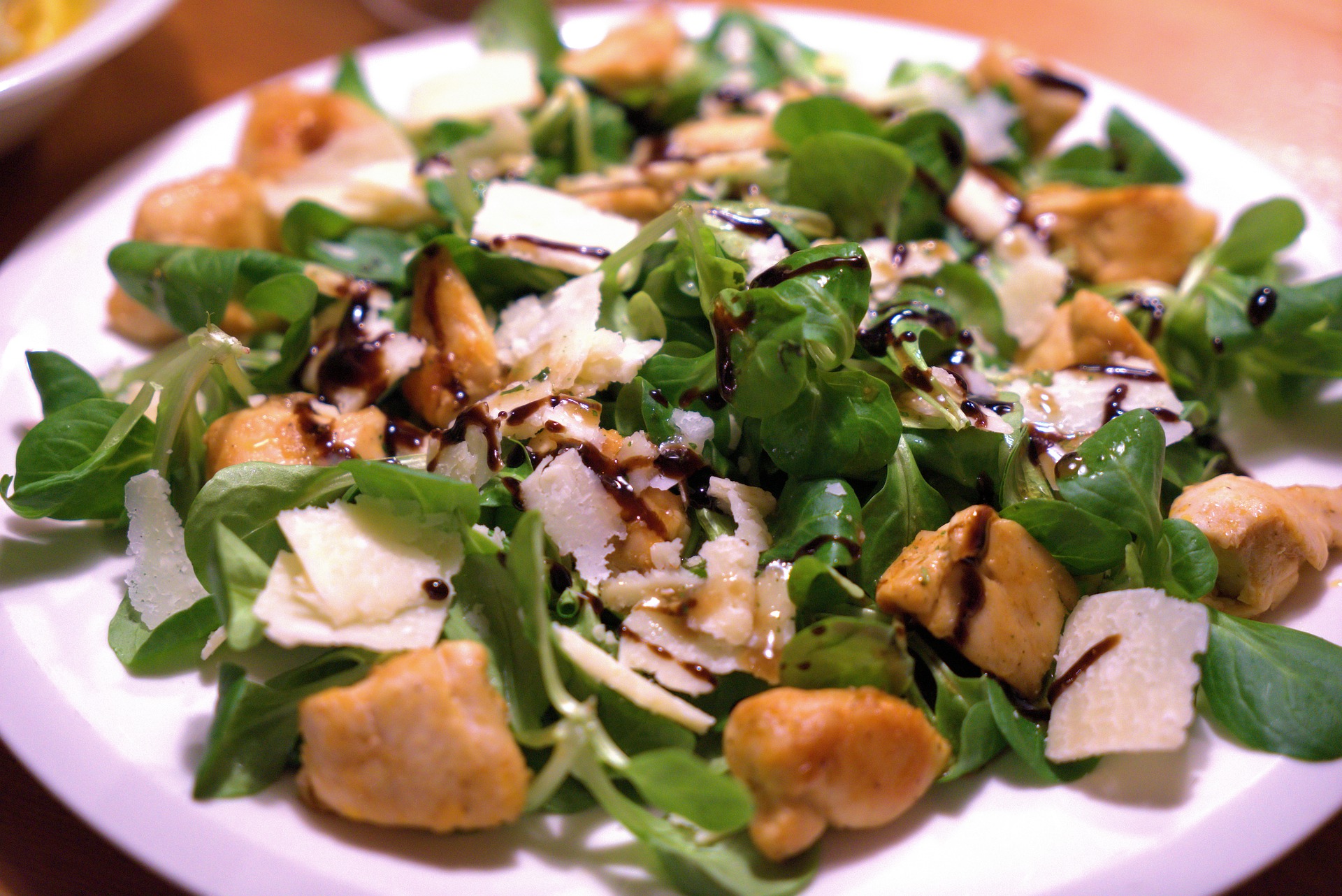
ALL THE FACES OF THE BALSAMIC VINEGAR OF MODENA PGI VARVELLO
If you think that wisdom is found only in books, you are wrong. Our Balsamic Vinegar of Modena PGI, thanks to its solid roots in the Modena lands, will be able to tell you a story of wisely preserved flavors and aromas. Ready to be handed down to you too.
For the Gold Line, the top of the range of the vinegar factory, Varvello has studied two versions of Balsamic Vinegar of Modena PGI:
- Precious bottle 500ml (without caramel) 3 Crowns
- Primula 250ml bottle (without caramel) 4 Crowns
Probably no other product, due to its characteristics and accuracy in preparation, represents so well the Varvello family’s long experience in the aging of vinegar. Made with carefully selected grapes from Sangiovese and Lambrusco vines, it is then aged in fine oak barrels. This vinegar shows itself in all its refinement first to the eyes, and immediately after to the palate. A product full of body and personality, which will be the pass-partout for all your recipes.
In addition to these authentic kings of the table, Varvello has expanded its proposal in the name of excellence, with three references from the Alta Gamma line:
- Balsamic Vinegar of Modena PGI,
- Balsamic Vinegar of Modena PGI aged over 3 years,
- Biodynamic Balsamic Vinegar of Modena PGI.
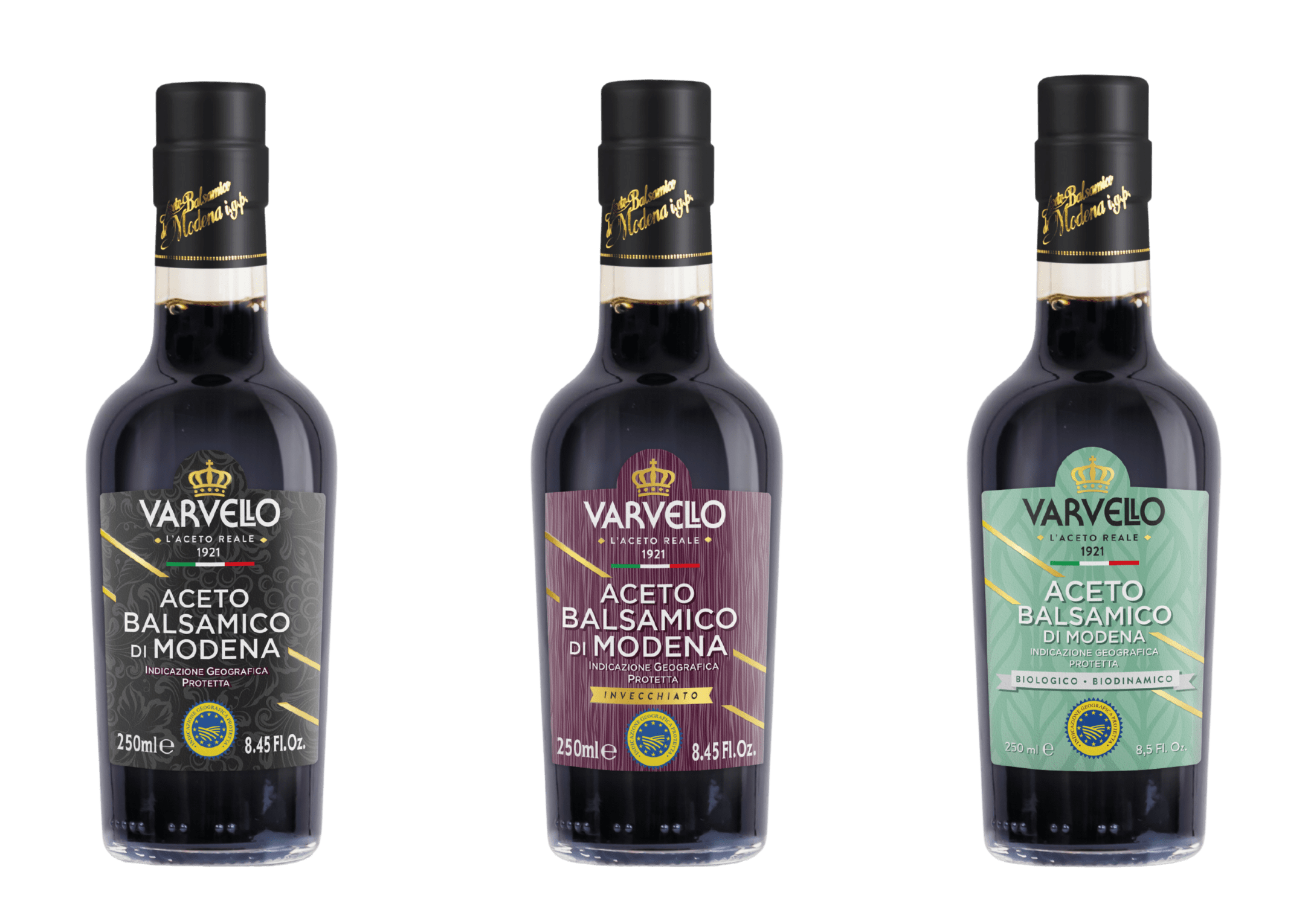
They are all born in the heart of the Modena district of the same name, where Varvello has embraced the ancient tradition of balsamic vinegar. The result is an impeccable blend, which testifies to the very high Varvello quality standards. Dark brown color with reddish reflections, high density and sweet and sour flavor with notes of wood and cooked fruit.
Biodynamic Balsamic Vinegar, on the other hand, arises from the application of the principles of organic and biodynamic agriculture thanks to the latest generation technologies that preserve its organoleptic characteristics. Exclusive use of organic substances, respect for the cycles of nature, non-invasive cultivation techniques: the result is a genuine Balsamic Vinegar of Modena PGI, rich in perfumes and fragrances.
A product made to enrich the most refined dishes, but also the simplest ones! Try it alone on Parmigiano Reggiano or vanilla ice cream: the effect will be surprising.
